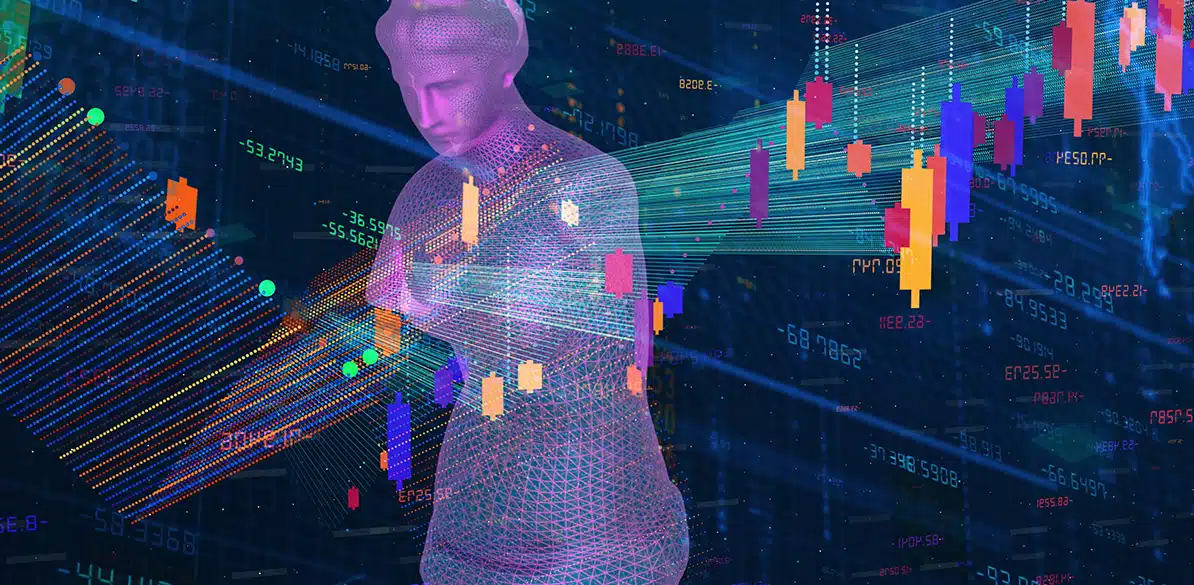NFTs, so what are they all about?
We tell you what NFTs are, how they work and the risks of investing in them

Insurance and Social Protection
Can you imagine buying a tweet or an iconic moment in the history of cinema and having it belong just to you? NFTs make this possible, but what’s behind these “products” that are becoming increasingly hot news? Are they a safe investment?
The technical definition of NFTs (non-fungible tokens) refers to a special kind of cryptographic token that represents something unique. You still don’t get it, right? To shed some light on this subject, here we explain what they are, how they work and the risks of investing in them.
The term token is an Anglicism used in many languages. And although tokens have their own characteristics in the field of cryptoasset technology, to understand what they are we must enter the orbit of cryptocurrencies. Why? Because, although they refer to different concepts, both cryptocurrencies and tokens describe units of value in the blockchain network, in other words, they are unequivocal representations of physical or digital assets in that network.
But what is the difference between them? A cryptocurrency is a digital asset that is structured as a means of exchange, while tokens are created on top of an existing blockchain and are used for purposes other than as a means of payment, they cannot be divided and cannot be exchanged. What they do have in common with cryptocurrencies is the possibility to buy and sell them.
Now that we have some idea of what a token is, let us consider the question of whether they are fungible or not. Fungibles are goods that can be exchanged and their value depends on the number of units, weight or measurement. For example, we do not care whether we have one 50-euro banknote or a different one, they are indistinguishable when you come to use them.
However, non-fungible goods have value in their own right, meaning that they cannot be substituted. Even an exact copy of the original work would not be of comparable value.
If you are thinking of buying or selling NFTs you should bear in mind that they are unique items, no two are worth the same amount. And the value assigned to them depends on the market; it is the value that potential buyers choose to assign to them, just as with a work of art.
Each NFT has a digital certificate of authenticity. These are non-modifiable metadata that reflect authorship, starting value, trading dates and the different trades made, as well as the amounts paid.
The big question is: is it worth investing in them? As they are unique items, there is every indication that their value will increase over time, although this cannot be guaranteed. Uncertainty surrounds this type of investment, which is similar to that assumed by patrons and collectors of classical art. When they invest in the work of an up-and-coming talent, they do not know how its value will evolve, and when they acquire a creation by a recognised artist, the price they pay may be too high. The ultimate goal is that the final value will continue to increase, but there is always a risk that this will not happen.
Non-fungible tokens are currently enjoying a boom period. Examples of high-paying NFTs include the first ever tweet, the first album sold as an NFT —the band Kings of Leon— and NFTs involving exclusive moments from the Hollywood film industry. And a Christie’s auction sold a piece of art that does not exist in the physical world for $69 million.
But for how long will NFTs continue to fetch such large sums of money? It is unclear, but considering that this is a nascent cryptomarket, there is every reason to believe that they can be very profitable investments. But what if the trend changes? That is the risk that you take when acquiring this type of asset.
